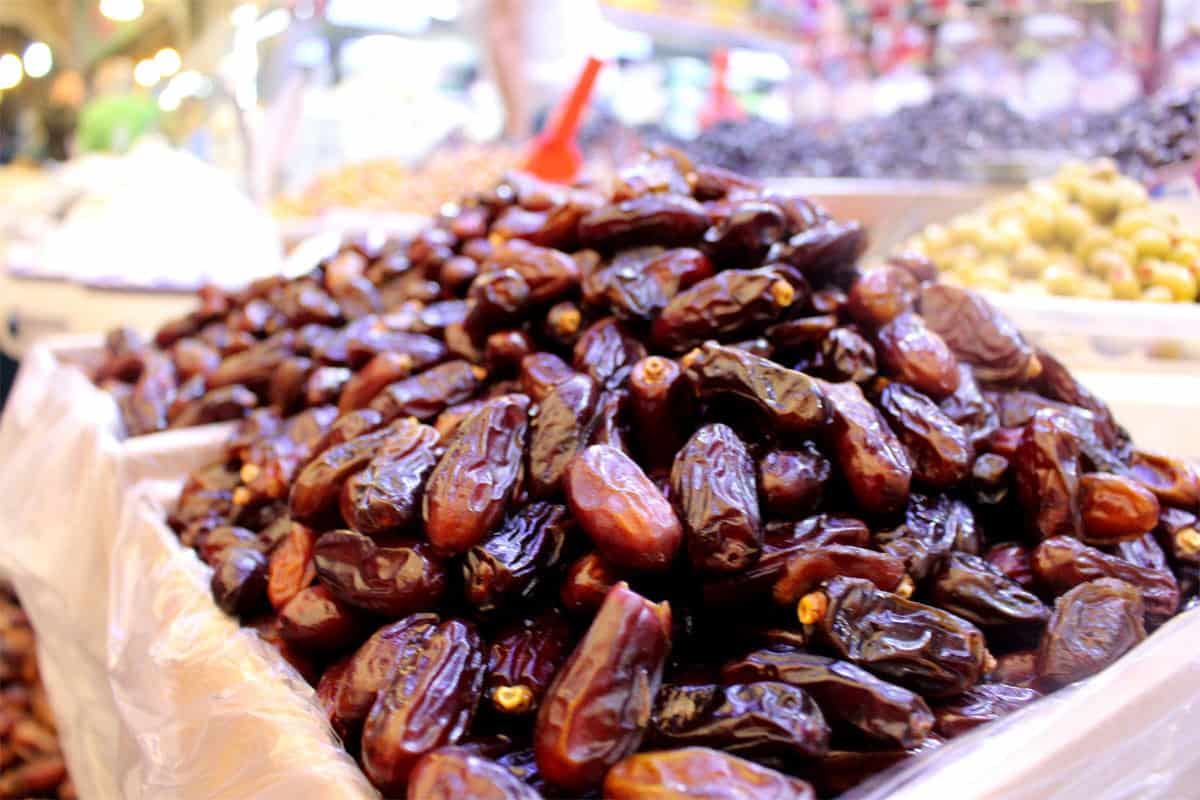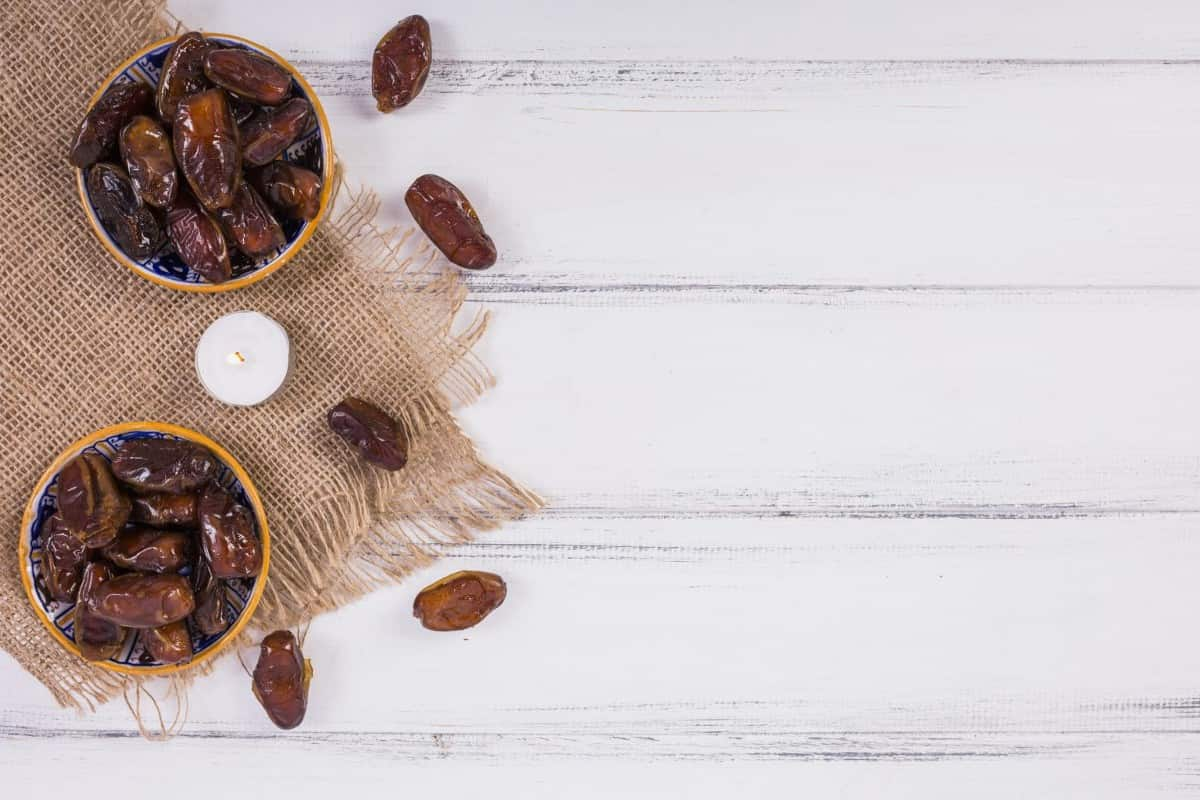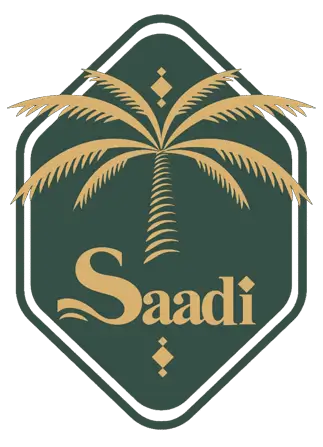Sayer dates, known for their unique taste and nutritional benefits, have garnered significant attention in the world market. This particular variety of date is widely cultivated and traded, forming a crucial part of the international dried fruit industry. Let’s delve into the dynamics of buying and selling Sayer dates in the global market.
What is Sayer dates?
Sayer dates, also referred to as Stamaran or Estamaran, are primarily grown in Middle East and Iraq. Their popularity stems from their semi-dry texture, rich flavor, and versatility in culinary applications. Sayer dates are enjoyed both as a healthy snack and as a key ingredient in various dishes, desserts, and beverages. Their high sugar content and impressive nutritional profile make them a sought-after choice for health-conscious consumers.

Cultivation and harvesting of Sayer dates
The production of Sayer dates involves meticulous cultivation and harvesting processes. These dates thrive in arid and semi-arid climates, with Middle East being the largest producer. The dates are typically grown in date palm orchards and require specific care throughout their growth cycle. Harvesting usually takes place during the late summer and early fall months, when the dates have reached optimal sweetness and moisture levels.
The global trade of Sayer dates is a complex ecosystem that involves producers, exporters, importers, and consumers. Middle East, as a major player in the Sayer date market, accounts for a substantial portion of worldwide exports. The dates are transported internationally in various forms, including fresh, semi-dried, and packaged products.

Factors Affecting the Prices of Sayer dates
Several factors influence the prices of Sayer dates in the world market:
Crop Yield: Fluctuations in crop yield due to weather conditions and agricultural practices can impact supply and demand, leading to price variations.
Global Demand: Consumer preferences for healthy snacks and natural sweeteners can drive up the demand for Sayer dates, affecting their market value.
Export Policies: Export regulations and tariffs set by producing countries can influence the availability and cost of Sayer dates in the global market.
Quality and Grading: The quality and grade of Sayer dates play a significant role in determining their price. Premium-quality dates often command higher prices.

Market Trends and Opportunities
The demand for Sayer dates has been on the rise due to increased awareness of their nutritional benefits and culinary uses. As consumers seek healthier alternatives to processed snacks, the market for natural, organic, and minimally processed foods, including Sayer dates, is expected to grow.
Furthermore, the global popularity of Middle Eastern cuisine has contributed to the increasing use of Sayer dates in various dishes and beverages, expanding their market reach.
Despite the growth prospects, the Sayer date industry faces challenges related to environmental sustainability, water management, and labor issues. Sustainable farming practices, efficient irrigation methods, and fair labor standards are essential for ensuring the long-term viability of Sayer date cultivation.
The global market for Sayer dates offers a fascinating glimpse into the dynamics of agricultural trade, consumer preferences, and culinary trends. As demand for healthier and more diverse food options continues to rise, Sayer dates are poised to maintain their status as a sought-after commodity in the international market. Producers, traders, and consumers alike play a pivotal role in shaping the future of this flourishing industry.
